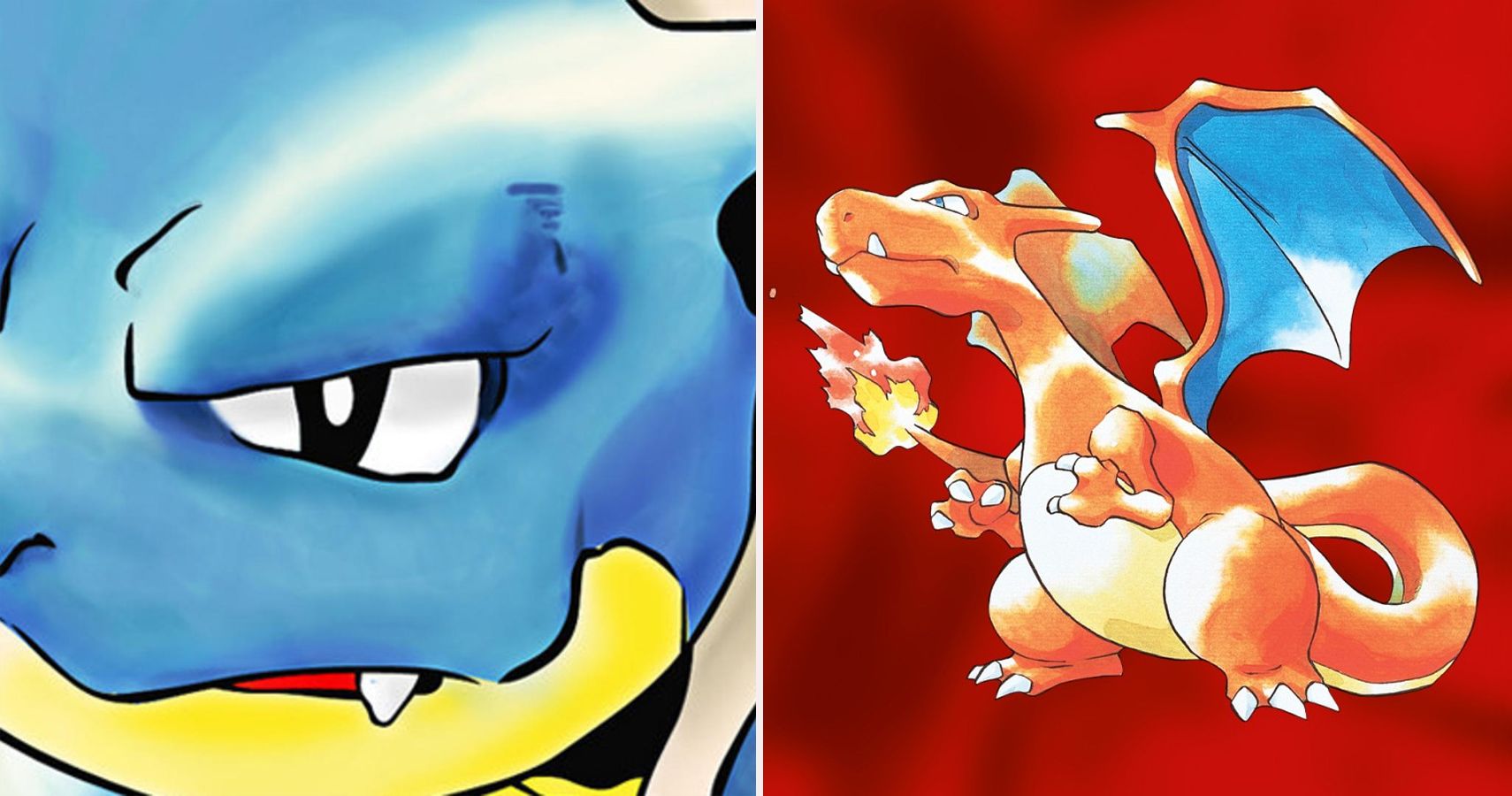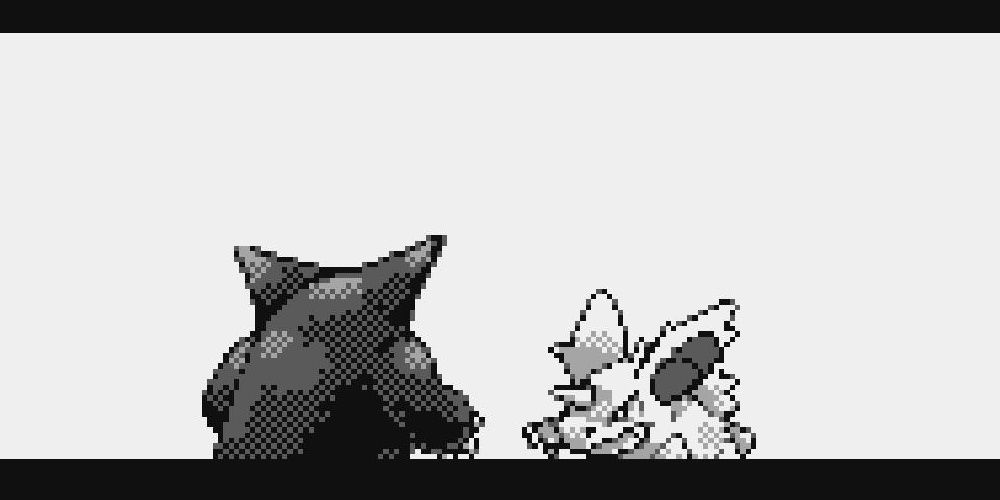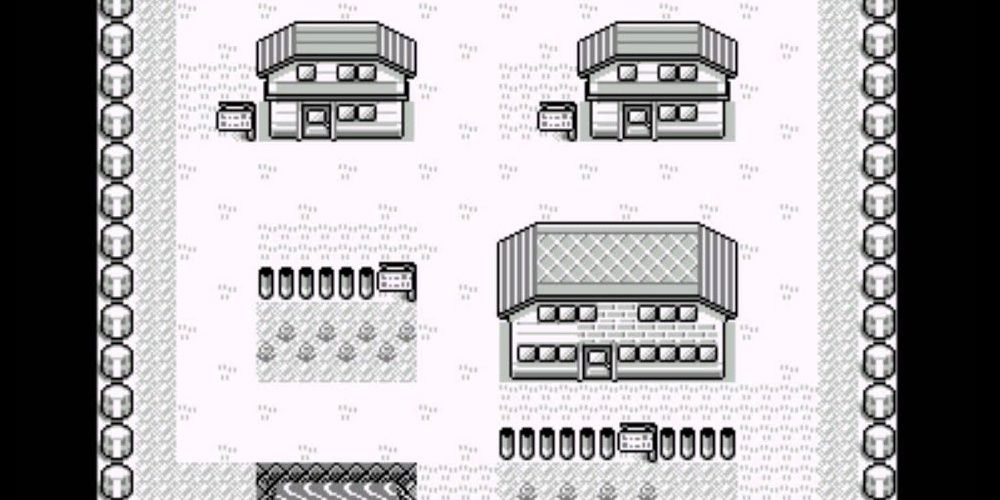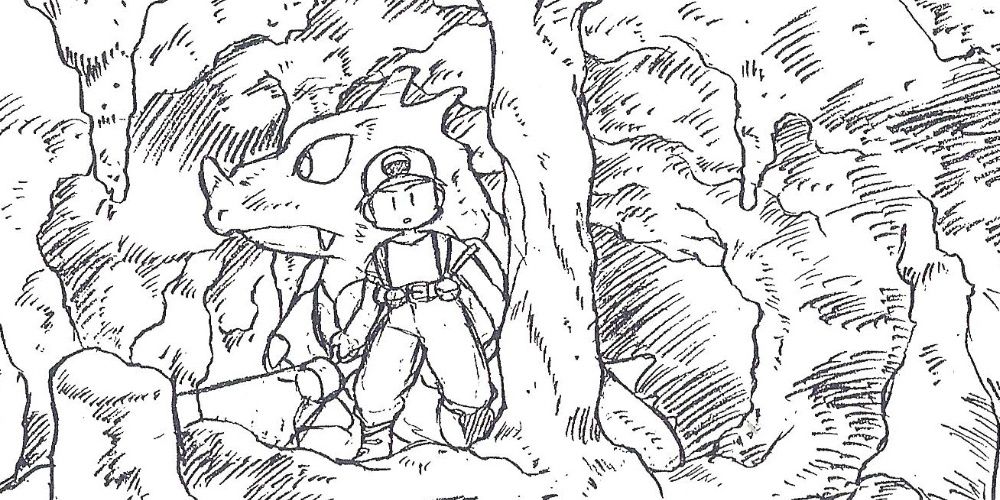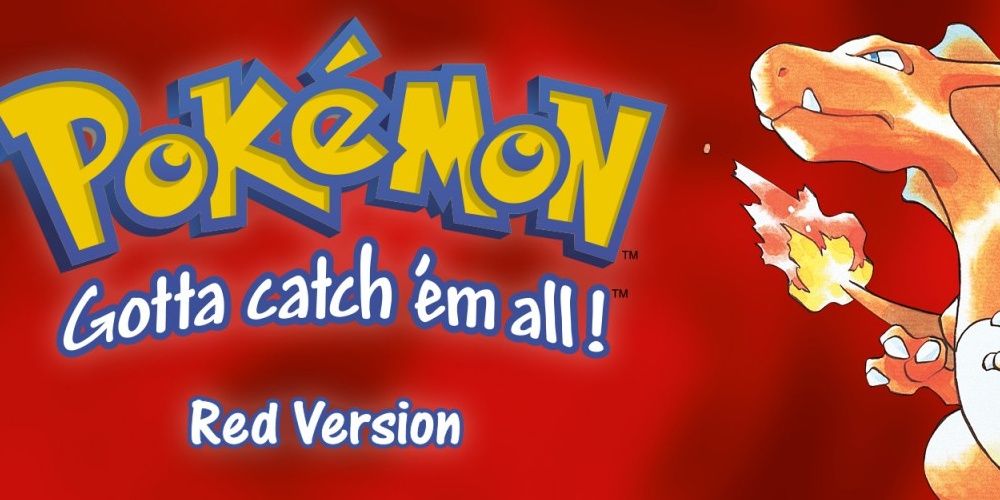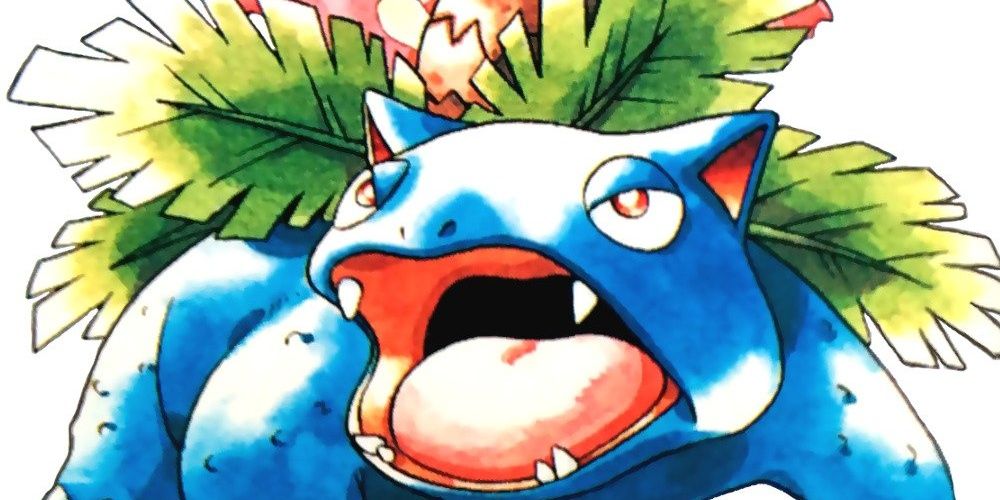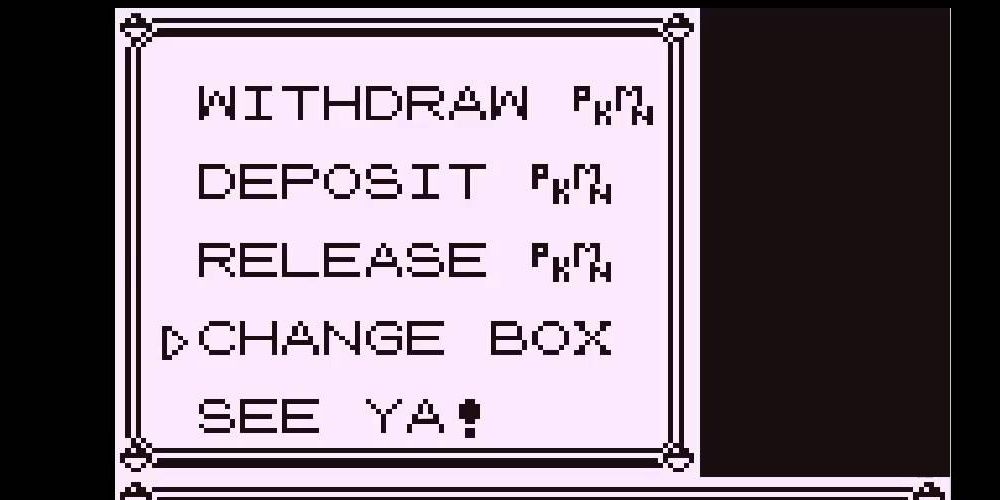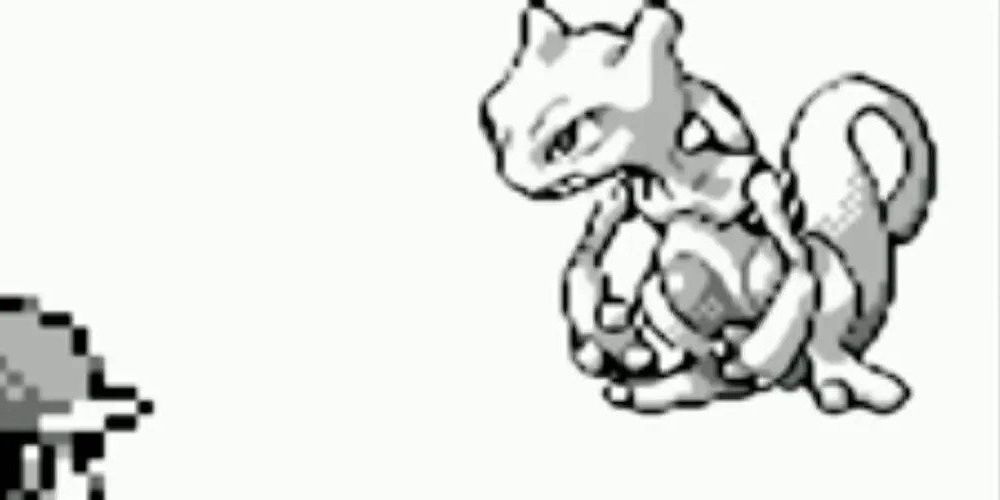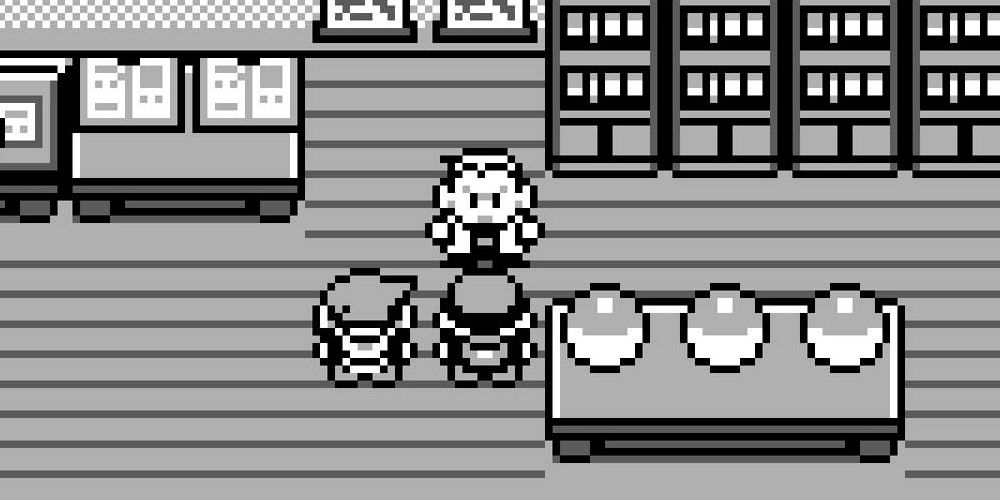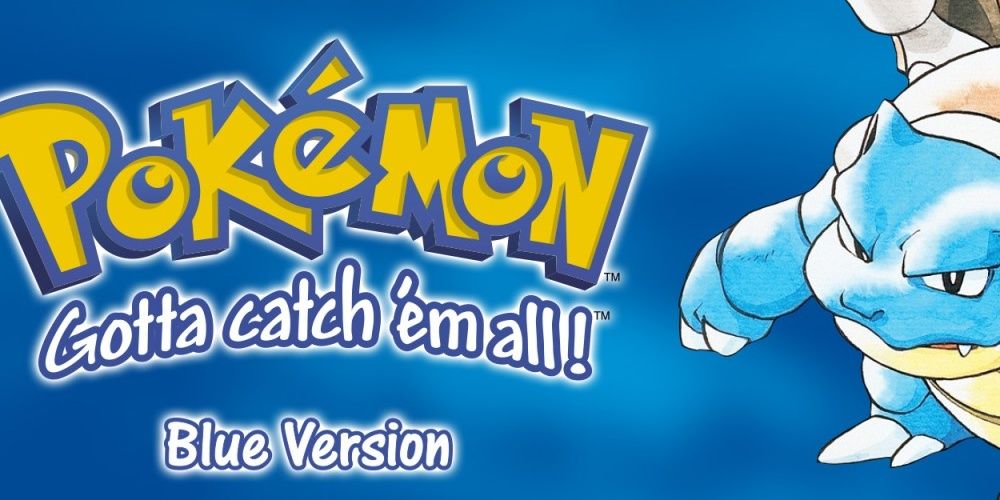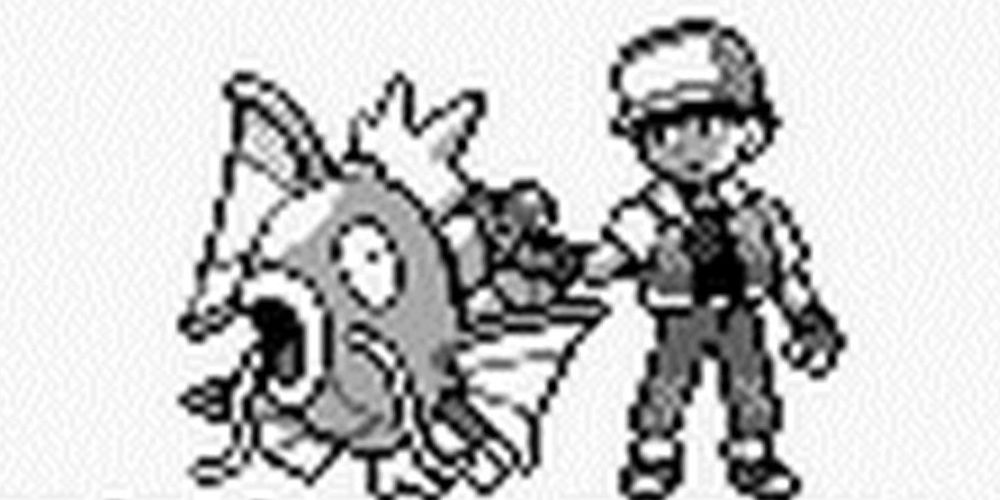Pokémon is a truly timeless classic, having well over two decades of games, lore, and features that make things evolve over time without taking away too much of the heart of the core gameplay. But, back in 1998 (or 1996 in Japan), Pokémon Red and Pokémon Blue (and Japan's Pokémon Green) took the world by storm. It was enough the garner multiple full remakes over the years.
Red and Blue became so iconic and has left the entire fandom in a nostalgic euphoria that many fans forget that it was both a fantastic and flawed title. Let's take a look at the 5 best features Of Pokémon Red And Blue, as well as the 5 worst features that people seem to forget often when praising it.
10 Best: Music And Visuals
One thing fans of the original Pokémon Red and Blue all agree on is the catchiness of the iconic music. Tunes like the Pallet Town theme, Lavender Town, and the Rival's battle theme are just a few that really hit the nostalgia factor for many. But, tunes like the Pokémon Center theme, A Rival Appears, and the opening theme for the entire game has all been remixed and reused for other purposes and games. The cries used for each Pokémon are still used to this day, albeit remastered.
As for the visuals, the limited color options of the Game Boy Color helped cement how certain Pokémon looked in the future. Their sprites are weird and unique. But, it was Ken Guamori's iconic art for the marketing and box art that really became the standard for all Pokémon designs in later generations.
9 Worst: Town Sizes
One thing that many of the modern games continue to do that Red and Blue started was the way that towns are laid out. While the overworld map is pretty big, towns in Pokémon Red and Blue feel small, like if there's only a couple inhabitants in each. Cities have many more buildings but don't feel nearly as lived in as they should. With games like Pokémon Sword and Shield showing vast towns and cities in the modern era, Red and Blue feels pretty empty in comparison. It was a design choice based on limited cartridge memory, so it was just a necessary evil.
8 Best: Self-Contained Story
Across all of the generations of Pokémon, lore and retcons and more lore has been poured into the mixture to make this (pocket) monster of a story. Characters from prior games show up in newer iterations and mix it up. But, in the time of Pokémon Red and Blue, there was nothing prior. Generation 1 was exactly that: the origin of the story.
The story unfolds to have a kid leave home, take down an evil organization, and eventually beat the Pokémon League. He may or may not "catch 'em all", but the story gets him a full beginning, middle, and end for this fully self-contained story that didn't need a sequel (even though we got many great ones).
7 Worst: Red Vs Blue Game-Specific Pokémon
While later games in the series took more advantage of the split games in a single generation, Pokémon Red and Pokémon Blue only have a single difference: exclusive Pokémon. It was to encourage social behavior between players to be able to complete a Pokedex, it really felt like a way to make an extra buck from Game Freak and Nintendo. If you want Pokémon like Growlithe, you'd have to get Pokémon Red, where Vulpix was an exclusive in Blue, and so on. That was it. That was the entire difference back then.
6 Best: Gotta Catch Em All Is Easier When There Are Only 151
Since this is only the first generation, that meant there was only 151 total Pokemon, including the elusive event-only Mew. Back then, it was much easier to complete a Pokedex and get your Diploma certificate saying you completed it. You could get 150 Pokémon across the two games, Red and Blue. But, Mew had to be obtained during special Nintendo events, given via a direct trade during the event. Sure, there are ways to glitch Mew or use cheating devices like Gameshark, but events were the only legit way to do it. Then again, those were really rare and Nugget Bridge is just an HM02 away.
5 Worst: Pokémon PC Boxes
By the time Gen 2 arrived, this was a solved problem. But, the PC boxes from the first generation were just the worst. Organization was nearly impossible, you could only hold a few Pokémon in a single box, and you couldn't know exactly WHICH Pikachu you're looking at without clicking on it. Oh, and worst of all, if the box was full, you had to manually change boxes, which involved a full save. This was problematic if you're out in the tall grass and catching Pokémon. Suddenly, you can't catch that Legendary Bird because your PC box is full. Sorry!
4 Best: Legendary Pokémon
Speaking of Legendary Pokémon, Generation 1 had exactly four total, plus the event-exclusive Mew, which would later be redubbed as Mythical. Throughout the game, the legendary birds, Articuno, Zapdos, and Moltres were available in their respective hideouts. After defeating the Elite Four, Mewtwo was available to go catch in Cerulean Cave.
It was straight forward. Legendaries were, in fact, Legendary status. As Generations went on, more and more were available, making Legendary status feel less unique and rare. Catching any of the Legendary Pokémon felt like an achievement on its own and wasn't part of the main linear story. You had to hunt these guys down in their lairs.
3 Worst: Inventory
Let's talk a little about the bag in Pokémon Red and Blue. It's probably one of the least deserving parts of the "Worst" section of the list due to the limitations of the game's design. But, comparing it to any bag in any future generation, it's atrocious. Are you mid-battle, trying to find a single item? Did you happen to put it a little lower on the bag list than you recall? You're scrolling and scrolling to find it. There's no real organization. Sure, you can move like items closer together, but if you get one new item, it gets put at the bottom of the list and you have to rearrange everything again.
2 Best: Victory Road And The Elite Four Challenge
You can pardon the original Pokémon games for having any real lack of post-game content, aside from the Legendary Pokémon and completing the Pokedex. But, the lead up to the very end was treated as a momentous occasion. Gather the eight Indigo League badges and take the path through Route 23, which has a checkpoint for each badge with the epic tune titled "The Final Road". This all leads to the cave known as Victory Road, where some of the strongest trainers are. Make your way through and you'll possibly find the secret hideout of Moltres.
Then, you get to the Elite Four. With no Pokémon Center to heal you in between, you have to make your way through four of the strongest trainers in the game. Then, there he is: your rival is the champion that you must beat one last time. Beat him, become the champion, and you beat the main story of the game. It's just epic when it stands alone away from the later games.
1 Worst: The Grind
Kids these days don't know how hard Pokémon games were. If you wanted a Pokémon to level up, you needed to use them in battle or use a Rare Candy. Exp. All (also known as EXP share in later games) could be turned on as well, even if it was flawed. But, it was grueling. To be fair though, the game would have been half as long if it wasn't for the grind. You want to beat the first gym leader Brock, you need to go hang out in Viridian Forest for a while and stomp on some bugs for an hour.

